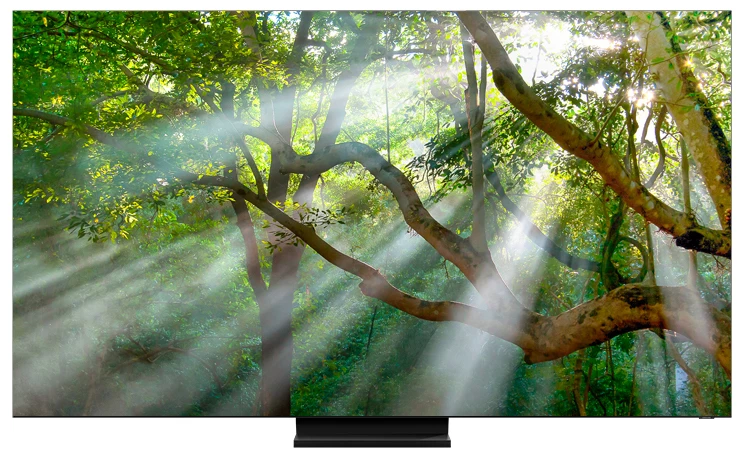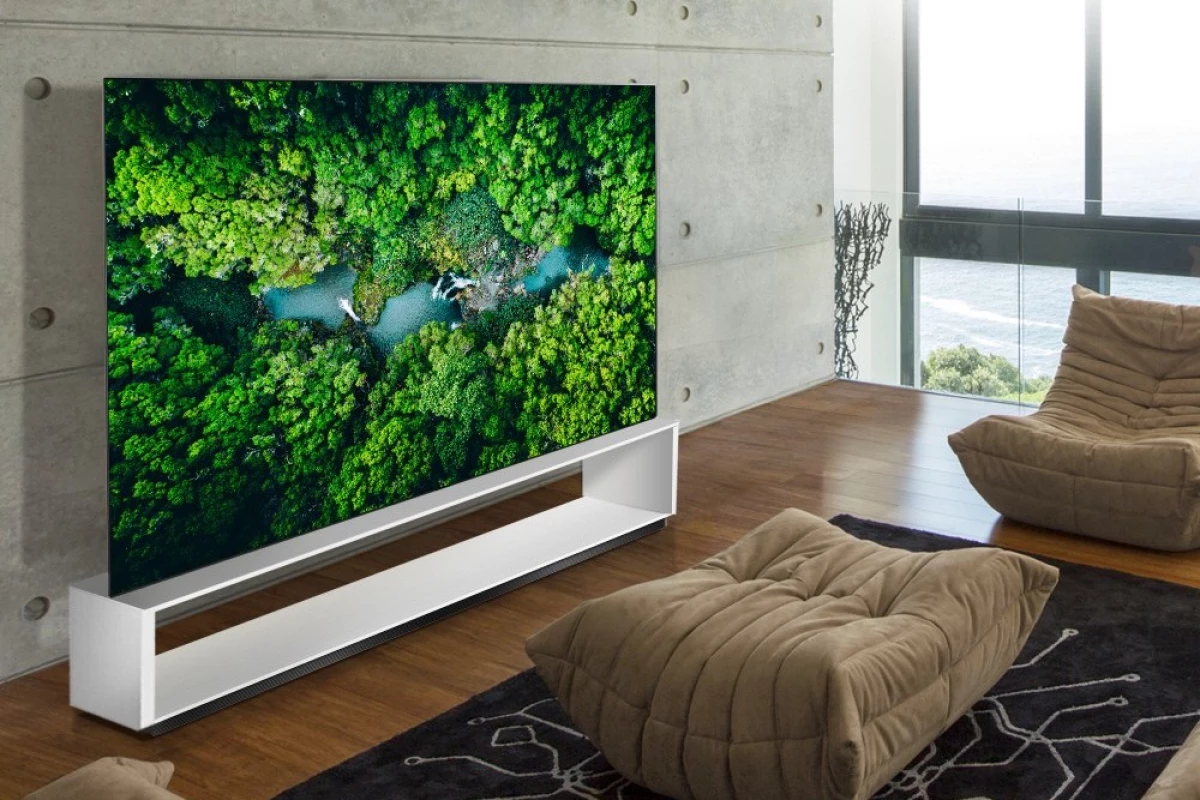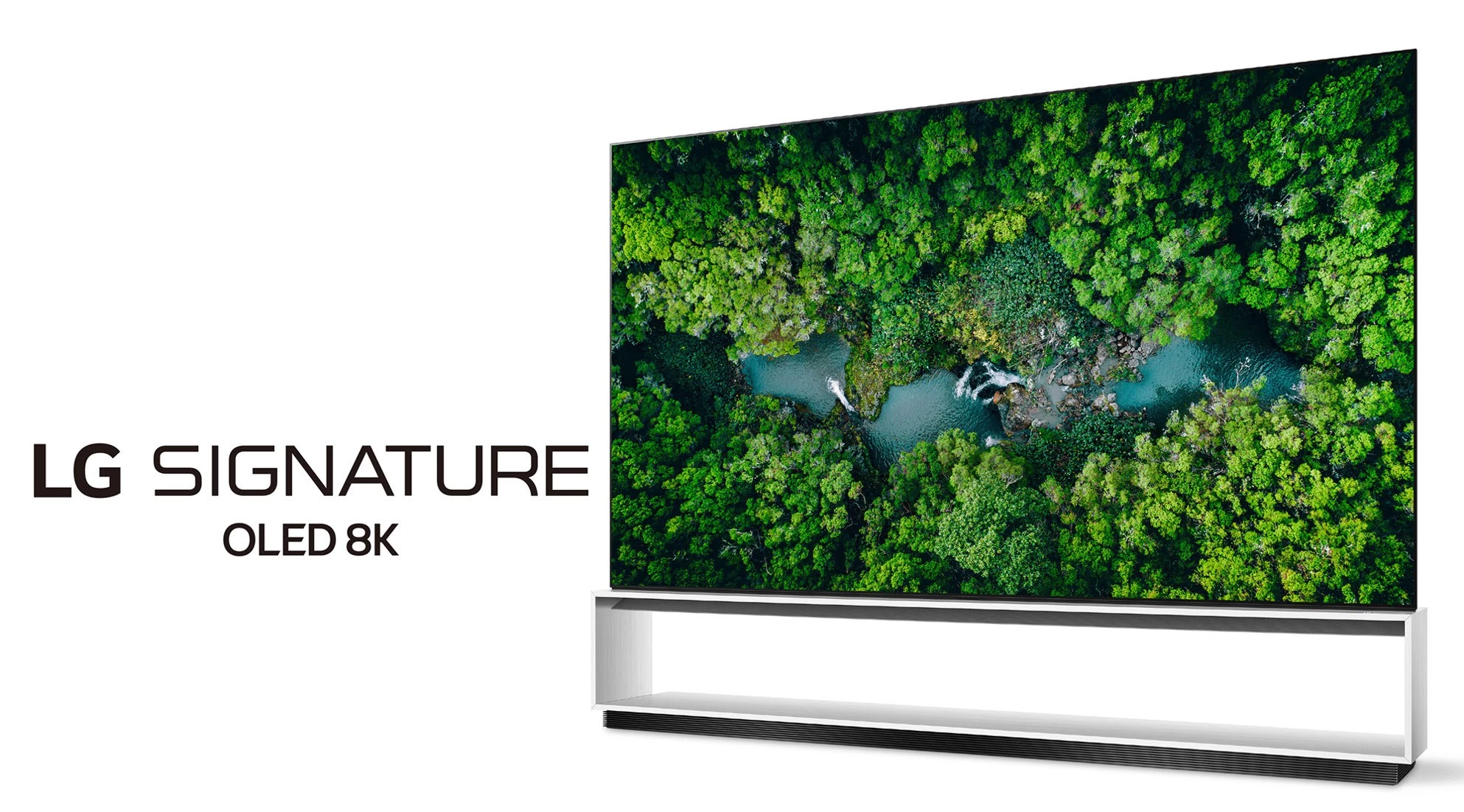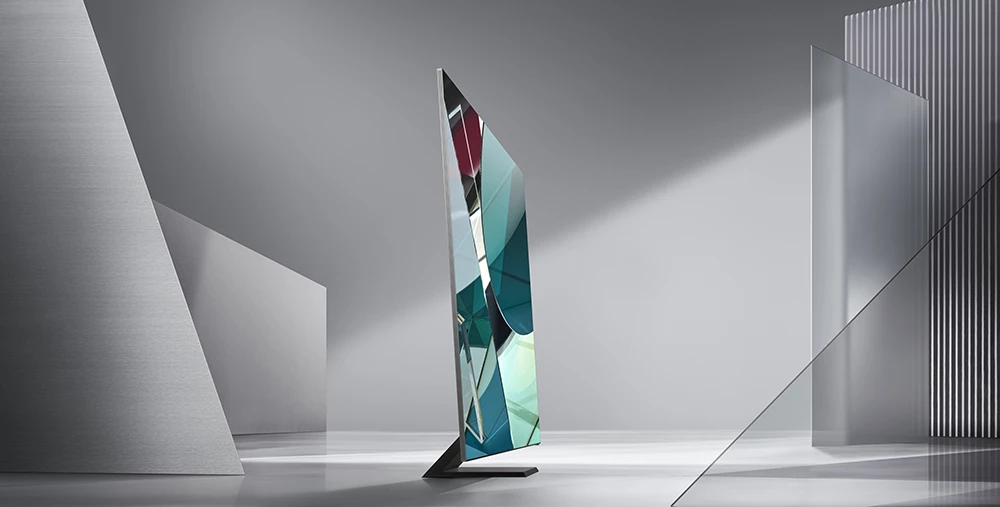While many consumers have just settled into life with 4K TVs, the industry is already charging ahead to 8K. At CES 2020 this week, the race is beginning to heat up as Samsung and LG both show off their latest 8K TVs.
Samsung’s new flagship 8K QLED TV model is the Q950TS, and its specs are pretty impressive. Besides the visual fidelity, the display itself measures 85 in diagonally with a screen-to-body ratio of almost 99 percent. That means the bezels – the black bars around the edges – are almost non-existent. Samsung says that makes for a “more immersive viewing experience,” but in practical terms it just looks a bit nicer.
The whole beast also has a very slim profile – at just 15 mm (0.6 in) thick, it should sit basically flush against a wall.
LG, meanwhile, is showing off new entries in two of its ranges, the Signature OLED 8K TVs and NanoCell TVs. The first measures 77 in and the second 65 in.
Both companies claim their new TVs are kitted out with artificial intelligence algorithms that help upscale FHD and 4K content to 8K, as well as making other visual and audio tweaks. LG’s models can automatically boost speech to make dialogue clearer, while Samsung’s TVs will make similar adjustments when it hears background noises like vacuum cleaners.

Samsung’s TVs can also apparently track the movements of objects on screen and direct sound through its speakers to make it sound like the sound is following the visuals. LG says it can recognize faces and text on-screen and sharpen those areas to make them stand out.
All of these TVs can also be voice controlled through Amazon Alexa and Google Assistant, while Samsung also throws in its own proprietary Bixby assistant.
Since 8K is so new, so far there haven’t been a standard for certifying devices, but as of January 1 this year that has now changed – although as has so often been the case when it comes to standards there seem to be two different organizations doing similar work. Both companies’ TVs meet the 8K requirements put forward by the Consumer Technology Association (CTA), while Samsung's will also be among the first certified by the 8K Association (8KA) – a group that includes Samsung, Hisense, Panasonic and TCL, but which LG hasn't signed up to, preferring instead to follow the specs laid out by the International Committee for Display Metrology (ICDM).
Although the two companies are pushing it hard already, we’d expect 8K adoption to be fairly slow, at least for the next few years due to the price and the fact that there’s just not much 8K content out there yet. But those factors will no doubt change, perhaps even as soon as this year – the Tokyo Olympics will be broadcast in 8K in some places, and the Xbox Series X will have some 8K capabilities when it launches towards the end of the year.







